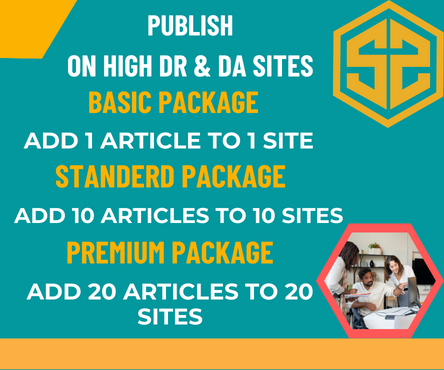In today’s fast-paced digital landscape, reaching the right customers at the right time is no longer optional — it’s essential. Google’s advertising ecosystem offers one of the most powerful platforms for targeted marketing, allowing businesses to connect with potential customers based on interests, behaviors, search intent, and demographics. For more information please visit topsads
What Is Targeted Marketing in Google?
Targeted marketing on Google refers to using data-driven tools within Google Ads to show your message only to people who are most likely to engage with it. Instead of broadcasting ads to everyone, you focus your budget and efforts on users who match specific criteria — increasing efficiency and conversion rates.
Key Targeting Options in Google Ads
- Keyword Targeting
- The foundation of Google Search Ads.
- Allows you to show ads to users searching for specific terms related to your product or service.
- Example: A fitness brand can target keywords like “best running shoes” or “buy yoga mat online.”
- Audience Targeting
- Reach people based on demographics, interests, or behaviors.
- Types include:
- Affinity audiences (people with long-term interests)
- In-market audiences (ready-to-buy users)
- Remarketing audiences (past website visitors)
- Location & Language Targeting
- Essential for local businesses or global brands targeting specific regions.
- Helps ensure your ads are only shown to users in areas where your product or service is available.
- Device Targeting
- Optimize ad delivery for mobile, desktop, or tablet users.
- Crucial for understanding user intent — mobile users often have higher conversion intent.
- Custom Segments
- Create audiences using specific keywords, websites, or apps that your ideal customers engage with.
- This gives advertisers granular control over who sees their ads.
Why Targeted Marketing Matters
- Higher ROI: You spend money only on relevant audiences.
- Improved Engagement: Ads appear to people genuinely interested in your offer.
- Personalization: Tailored messaging resonates better with segmented audiences.
- Data Insights: Google provides detailed analytics to refine and improve campaigns over time.
Best Practices for Google Targeted Marketing
- Define your ideal customer persona before launching campaigns.
- Use A/B testing to identify which audience and ad creatives perform best.
- Leverage remarketing to re-engage visitors who didn’t convert the first time.
- Monitor performance metrics like CTR (Click-Through Rate), CPA (Cost Per Acquisition), and Conversion Rate to optimize results.
- Combine targeting layers — for example, keyword + location + device — to create precision-focused campaigns.
Final Thoughts
Google’s targeted marketing capabilities have transformed how brands connect with consumers. By harnessing the power of Google Ads’ targeting tools, businesses can cut through the noise, increase relevance, and drive measurable results. The key is strategic segmentation — understanding your audience and crafting messages that truly speak to them.
